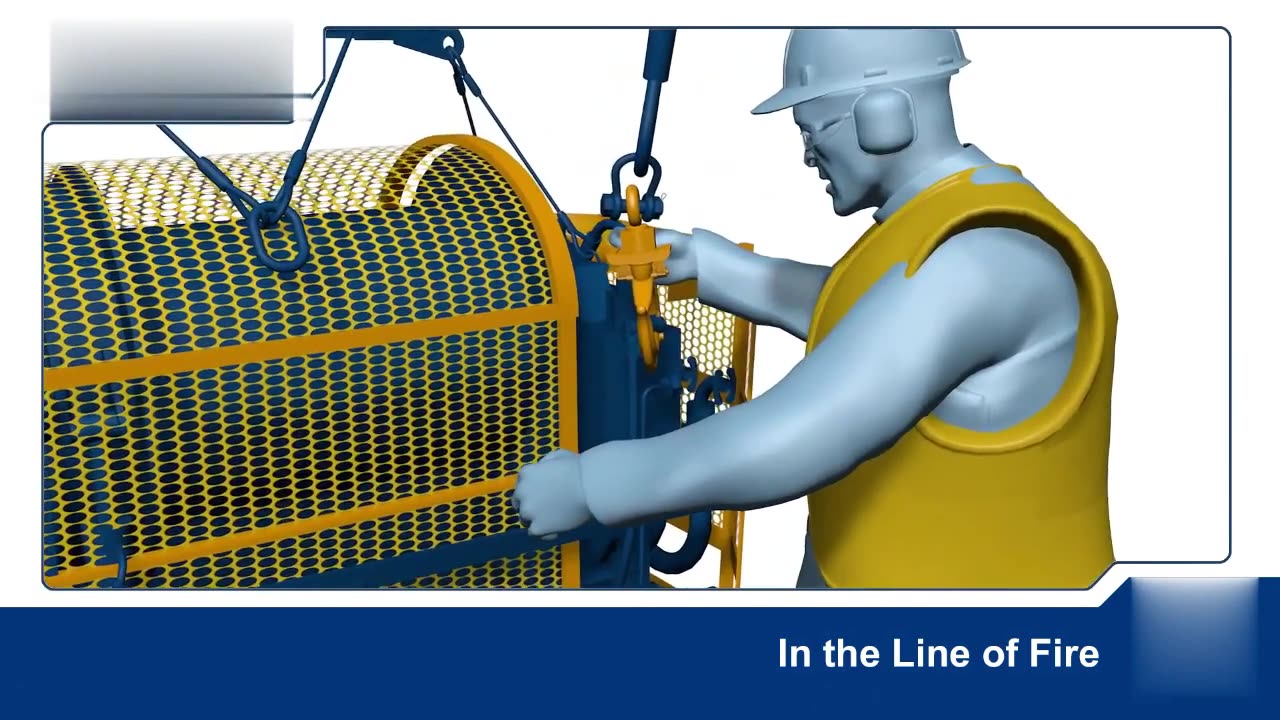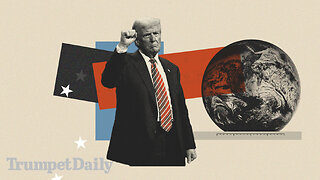Premium Only Content

LINE OF FIRE What that's mean
The term **"Line of Fire"** refers to a position where a person is at risk of being struck, crushed, or otherwise harmed due to the movement of equipment, tools, materials, or energy sources in the workplace. It is a critical concept in workplace safety, especially in industries like construction, oil and gas, manufacturing, and warehousing.
---
### **Understanding "Line of Fire"**
- A person is "in the line of fire" when they are in the path of a potential hazard.
- This could involve direct physical contact with moving objects, exposure to energy release (e.g., high-pressure systems, electricity), or falling objects.
---
### **Three Main Types of Line of Fire Hazards**
1. **Struck-By Hazards**
- Objects moving through the air or across the ground can hit a worker.
- Examples: Tools falling from a height, vehicles in motion, or machinery with moving parts.
2. **Caught-In/Between Hazards**
- A person can be caught or crushed between two objects.
- Examples: Being trapped between a moving vehicle and a stationary structure or between rotating equipment.
3. **Energy Release Hazards**
- Release of energy, such as stored pressure, electricity, or mechanical energy, can cause harm.
- Examples: High-pressure steam, gas release, or an unanticipated release of a spring-loaded component.
---
### **Examples of Line of Fire Situations**
- Standing under a suspended load.
- Working near an operating excavator or forklift.
- Standing near an energy release point (e.g., pressure valve).
- Reaching into the path of a machine's moving parts.
- Working at heights without proper barriers or precautions.
---
### **Preventing Line of Fire Incidents**
1. **Hazard Awareness**
- Identify all potential sources of hazards in the work environment.
- Conduct risk assessments and toolbox talks to educate workers.
2. **Control Measures**
- Use barriers or guards to protect workers from moving equipment.
- Isolate energy sources during maintenance or repair (e.g., Lockout/Tagout).
3. **Safe Work Practices**
- Maintain a safe distance from moving equipment and suspended loads.
- Never position yourself between moving and fixed objects.
- Use proper lifting techniques and equipment.
4. **Personal Protective Equipment (PPE)**
- Wear helmets, gloves, high-visibility clothing, and other PPE as required.
5. **Training and Communication**
- Ensure workers are trained to recognize and avoid line-of-fire hazards.
- Use clear signage and signals to alert workers about high-risk areas.
---
### **Why is Line of Fire Awareness Important?**
- Reduces workplace injuries and fatalities.
- Improves situational awareness among employees.
- Enhances overall workplace safety culture.
Would you like examples of specific line-of-fire scenarios or a checklist for hazard identification?
-
 7:58
7:58
HSESafetyInformation
1 month agoAuthentic Peshawari Rosh _ Namkeen Gosht Recipe __ Traditional KPK and Baluchistan
581 -
 19:53
19:53
CatfishedOnline
11 hours agoMan Dates Jennifer Aniston Or Online Romance Scam?
20.5K12 -
 11:40
11:40
Shea Whitney
15 hours ago $3.13 earned20 Best *DESIGNER INSPIRED* Items on Amazon!
21.8K4 -
 11:05
11:05
Hannah Barron
22 hours agoFirst STEELHEAD Trip!
26.2K13 -
 1:00:13
1:00:13
Trumpet Daily
21 hours ago $5.90 earnedThe World Realigns Against America - Trumpet Daily | Mar. 31, 2025
25.1K22 -
 11:08
11:08
This Southern Girl Can
13 hours agoDIY Spring Wreath
29.3K3 -
 3:04:40
3:04:40
Danny Polishchuk
19 hours agoLiberation Day Looms + Guest Richard Syrett Talks JFK Files | Low Value Mail Live Call In Show
71.8K23 -
 2:40:15
2:40:15
Barry Cunningham
12 hours agoPRESIDENT TRUMP SIGNS NEW EXECUTIVE ORDERS AND THE EVENING NEWS!
69.8K59 -
 2:49:55
2:49:55
TimcastIRL
12 hours agoGOP Office TORCHED, Terror Suspected, Elon Says ARREST Dem Funders w/Winston Marshall | Timcast IRL
255K121 -
 1:39:42
1:39:42
Glenn Greenwald
15 hours agoMajor Escalation in Attempts to Purge U.S. Universities of Israel Critics; Who are the Israel Groups Providing Lists to the U.S. Government to Deport & Punish? | SYSTEM UPDATE #431
227K204